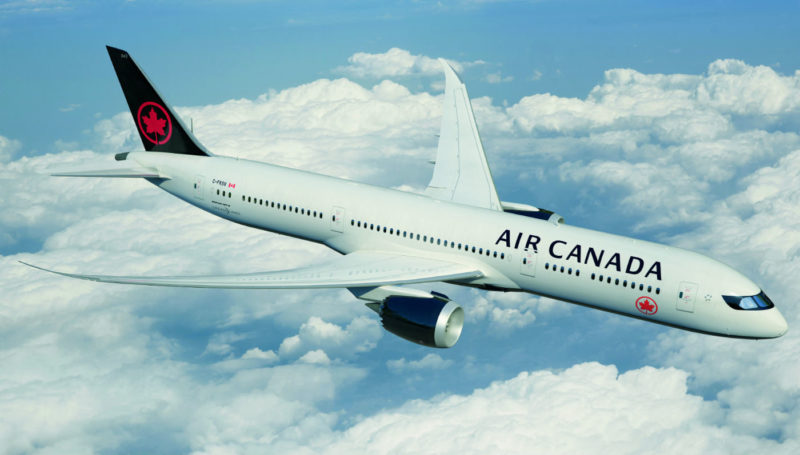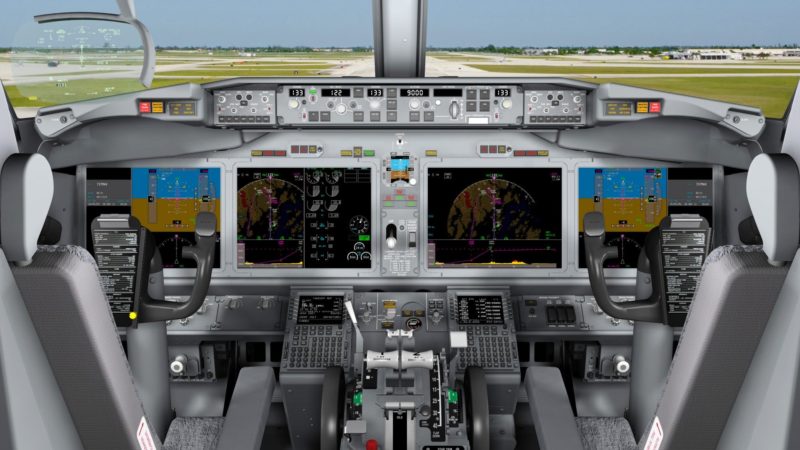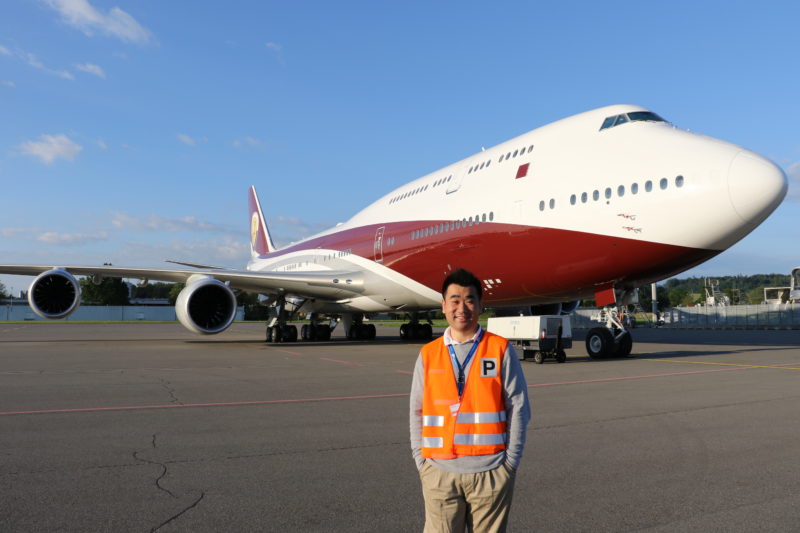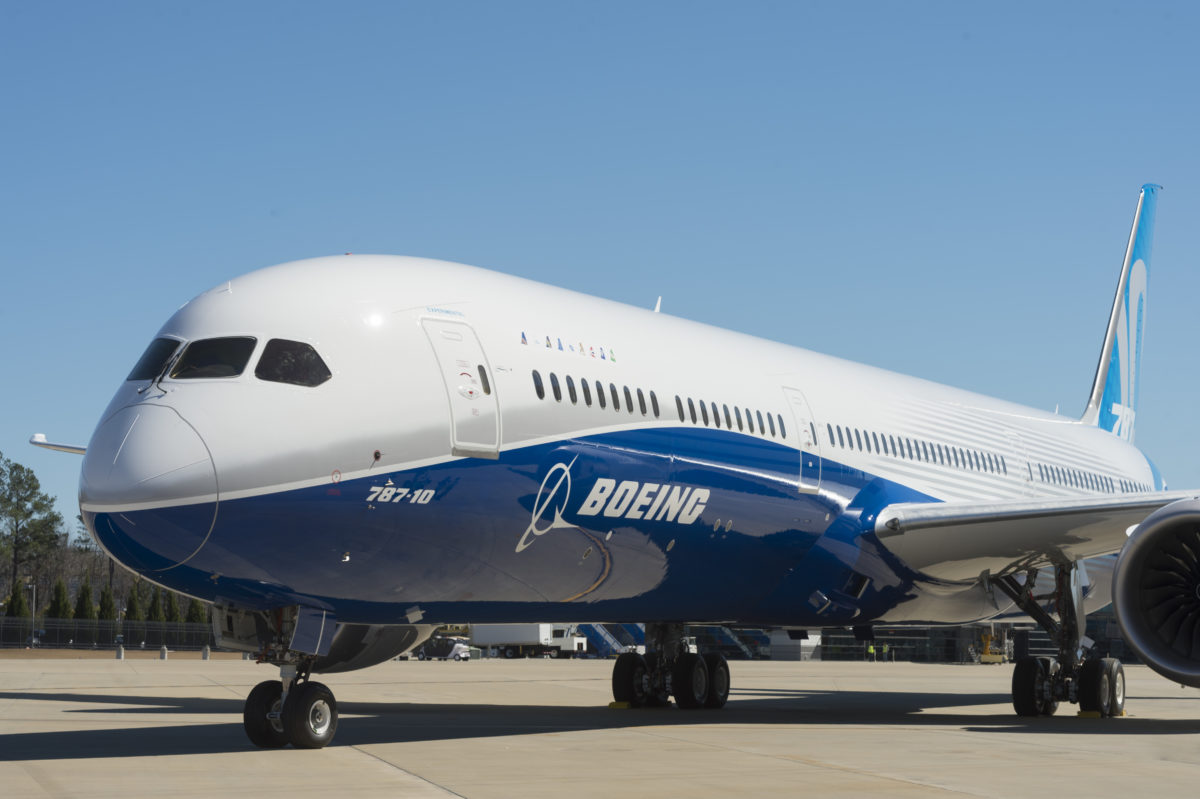The ongoing crisis surrounding Boeing, since the loss of two 737 MAX aircraft and 346 lives, has broadened to the 787 Dreamliner program after investigations identified anomalies in production records.
Federal prosecutors, involved in the criminal investigation regarding the design and certification of the 737 MAX, have returned to Boeing requesting production records from their South Carolina 787 production line.
South Carolina has been under the media microscope in recent times, after claims of poor 787 production and employee treatment were released by insiders.
The criminal investigation, led by the Department of Justice, has also seen individual employees at factories anonymously participate in interviews and provide details about their workplace.
Paired with the Department of Justice is the FBI and Department of Transportation, who were initially tasked with investigating Boeing’s relationship with the Federal Aviation Administration, which led to Boeing’s own engineers having the ability to certify some components of their aircraft.
Although the complete extent of the 787 investigation is not yet understood it was published recently that Boeing staff falsified records for a 787 built for Air Canada, which 10 months after entering service, developed a major fuel leak.

Boeing maintains the fact the incident was reported correctly to the FAA, however records state manufacturing work had been completed when it had not.
CBC notes that in 2015, Boeing paid the FAA $12 million to settle investigations as well as agreed to work on safety oversight issues within the company’s production lines.
Since the 737 MAX crisis began, Transport Canada has been on edge to ensure all the right protocols within Boeing are being followed. All the new information focusing on Boeing is being assessed by Transport Canada as well as other regulators who will work together to ensure the certification and operation of aircraft are safe.
The news doesn’t end here.
Adding to Boeing’s plate, simulator sessions to test and certify the new software for the 737 MAX Maneuvering Characteristics Augmentation System presented results displaying new problems, which will extend the grounding of the aircraft as Boeing scrambles to address them.
The questions surrounding the 737 MAX are topped up with more anger, as additional information surfaced this week about the origins of the MCAS software.
Bloomberg reported on the 29th of June that longtime Boeing engineers say the effort to design the software, in charge of maintaining safe handling characteristics for the aircraft, was complicated by a drive to outsource work to contractors receiving less pay.
The software responsible, for the worldwide grounding of the 737 MAX since March, was developed at the same time Boeing was laying off a significant amount of highly experienced engineers in favour of outsourcing to cheaper parties.

Former engineers state Boeing set up offices for college graduates employed by the Indian software developer HCL Technologies, who had little to no aerospace knowledge.
Tasked with developing and testing the software for the 737 MAX, the process didn’t go to plan as there were reportedly multiple versions that were faulty or weren’t compiled properly.
Adding to the already concerning matters, the software developers working for Boeing under HCL were earning as little as $9 an hour.
Outsourcing software tasks to cheaper parties kicked off with the 787 Dreamliner program, which saw Boeing receive an $11 billion aircraft order from Air India in 2005 in exchange for a $1.7 billion investment in Indian companies.
Cyient, an engineering, manufacturing, data analytics and networks & operations company based in India, was selected by Boeing to develop software to conduct stress analysis for the 787 and 747-8 aircraft programs.

Bloomberg also notes that Boeing expanded a design centre in Moscow, which had the unfortunate story of having to receive design drawings for the 787 18 times, before it was understood that smoke detectors needed to be connected to the electrical and computer system of the aircraft.
All of the information is being taken into account with the current investigations bombarding Boeing from all directions; this will be used to determine the thought factors behind the MCAS software, in the 737 MAX, and whether there’ll be any serious implications with other aircraft.
Breaking the history of redundancy and expertise held within Boeing, the mess MCAS has caused has dragged in engineers and top executives with some calling the mistake an enormous embarrassment.
The scariest fact? Boeing initially withheld information, pointed to pilot error and knew about a flaw in the MCAS system well before any of the 737 MAX crashes.

Aviation safety is a team effort. No competition exists between Airbus, Boeing, Embraer etc about who is the safest player. This is a well known fact.
These recent events, although horribly unfortunate, will become the most renowned in history and will end up as being the best classroom examples as to why we don’t put money over passenger and crew safety.




